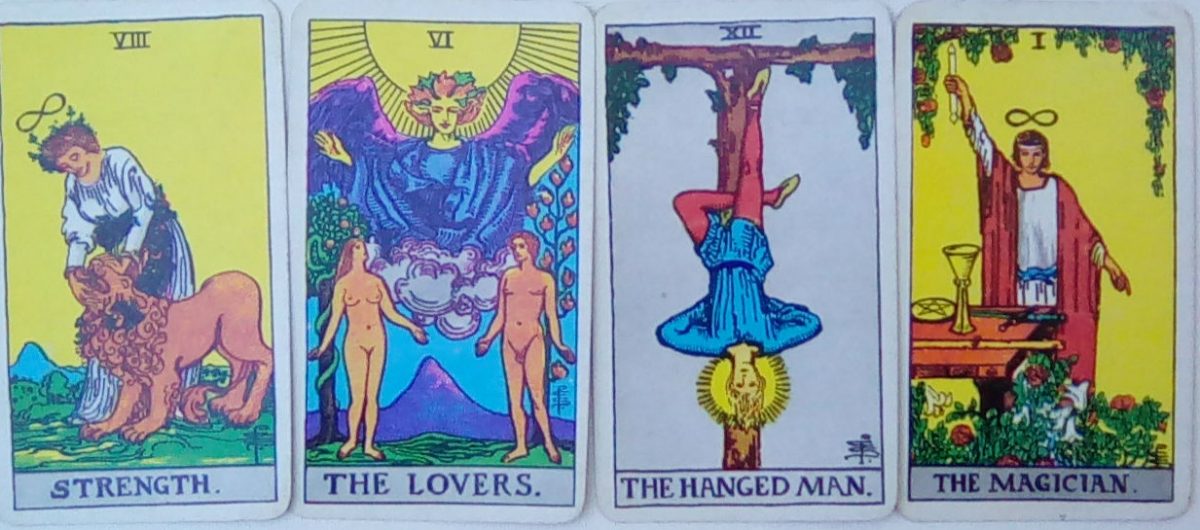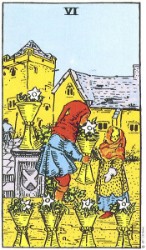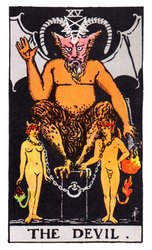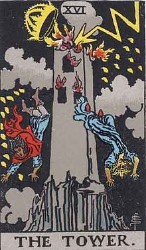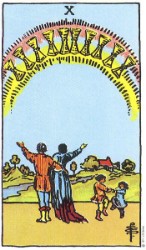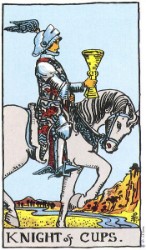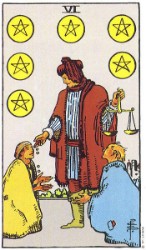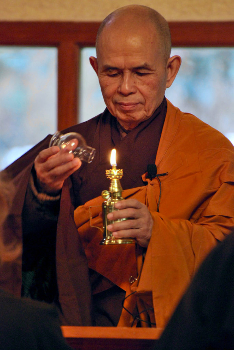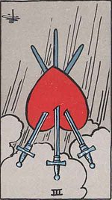
I’ve been reading a book called, “Getting the Love You Want,” by a psychotherapist named Harville Hendrix. The theme of the book is basically, “We all fall in love, a lot of us fall out of love, and here’s how to fix that.” He’s a smart guy, did some excellent analysis, and I’d probably recommend the book.
But he never did get into that basic question of, “What IS love?”
Now, there’s been an awful lot of brain and biochemistry research over the last 20 years. What the scientists have determined is that when we magically meet, “the right person,” giant sparks fly out of both our genitals and our subconscious minds, then our brains start pumping huge amounts of endorphins, and – SHAZAM! – we’re in love.
That’s what we could call the, “reductionist,” approach to love. What we call love is ultimately reduced to brain and body chemicals that cause us to feel wonderful. From that point of view, love is nothing more than a biochemical reaction – probably based on the need for the species to procreate – that we dress up with a lot of romantic notions, boxes of candy, and Hallmark cards.
It’s a classic case of the whole being more than the sum of the parts, though. Love isn’t just hormones.
Love is an energy. When we have it in our lives, we don’t just feel better, our lives actually work better. Its presence seems to trigger huge amounts of synchronicity and serendipity, we suddenly have solutions to most of the problems that we encounter, and we’re harmonious with the Tao, the Universal Flow. When we don’t have it, life can feel like a meaningless slog through knee deep mud.
So the obvious course of action seems to be that we should all run right out, throw a net over someone, and fall in love with them. Unfortunately, as Hendrix pointed out, right around 50% of us fall out of love, which is extremely painful, and we’re right back where we started, only we hurt a little more than we did before and we’re a lot more cynical. Then we go back out, find another person to fall in love with, and rinse and repeat.
As much as Americans revere the idea of finding our Soul Mates, most of us are actually serial monogamists, who find one Soul Mate after another after another until one of them finally sticks.
I got a BIG clue on all of this a few years ago when I was listening to a Ram Dass talk after my partner had died. He said that the reason that we feel so devastated after a death, a divorce, or a break up is that we mistake the person for the love. The person is the vehicle that gets us to the love, not the love itself. Since we have so totally identified the love with the person, though, when they go away it feels as if all of the love has gone away.
As near as I’ve been able to figure out, there are basically three sources of love. There’s the love we derive from our relationships with other people. There’s self-love, which so many of us struggle to achieve. And then there’s the love that flows out of our spiritual connection with Source Energy, the god-head, the Tao, the Flow.
The trick is to understand that all three of the different forms are actually the same energy, the Source Energy, dressed up in different costumes.
Human beings are hardwired to receive love from other human beings. And that’s a very good thing, indeed. It’s like a built in on-ramp to Source Energy and it should be an effortless, natural process. Unfortunately, the second that we enter the world, a lot of other ingredients get added to that process. We start out with pure love and then we throw in crazy parents, cultural expectations, dysfunctional partners, etc., etc., etc, until the love becomes a shit show.
Then we find ourselves sitting in a therapist’s office, asking, “What happened? All I wanted was for someone to love me. What happened?” If we’re blessed with a really good therapist, we can start to untangle those knots and sort it all out. “Okay, this part of the shit show came from your depressed mother and this part of the shit show came from high school and this part of the shit came from your ex-husband.” As we identify and subtract more and more of the added ingredients that doomed our relationships, we move closer to that model of pure love that we were born with.
Where our culture lets us down, though, is in not identifying the actual origin of that energy that we call, “love.” When we finally realize that the love is flowing OUT of Source and THROUGH our partners, then we can wake up and realize, “Huh . . .the love is always there and it’s abundant. I can find it through my partners, but I can find it in a lot of other ways, too. I can actually love myself. I can meditate on Source. I can connect with that energy in a zillion different ways.”
That’s not to put down romantic love in any way. Romantic love is a grand sort of a feeling and it’s probably the fastest way for us, as a species, to reach that love energy. BUT . . . it’s not the origin of the energy.
Perhaps the best solution is something else that Ram Dass suggested: “Treat everyone you meet as if they were God in drag.” When we start looking at the people we love as little bits of that God/Goddess/Love energy shining out at us through their human forms, then we can honor them, honor the process, and honor the love.
